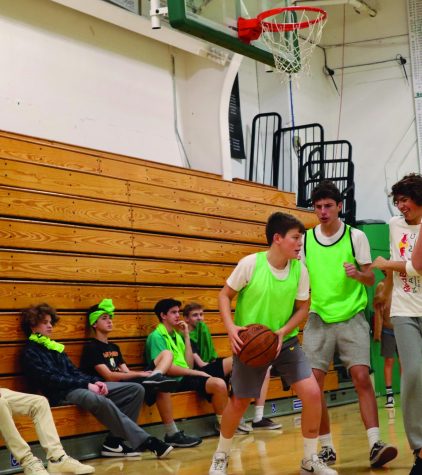End mandatory small learning communities
October 17, 2018
High school is about freedom for self-discovery both socially and academically. The idea of obligatory small learning communities contradicts this by restricting student’s opportunities to a single path, based on a judgment they made in 8th grade on what they heard from other people. Small learning communities should be an option, not a necessity.
There are definite social benefits to small learning communities: creating a more community-oriented atmosphere that comes with being in three classes with the same group of people. It also provides a way to get to know more students in the classes above and below you.
The three available to the freshman and sophomore class each have a distinct focus. Rock centers around art and drama, while incorporating interdisciplinary group projects. DaVinci is more traditional with an engineering track. The Learning Collaborative, TLC, has the majority of the students and group projects with standards-based grading. It takes up the fewest of periods of the three, so it also logistically makes more sense if a student plans on taking multiple electives.
In theory, this system seems like it would work for everyone, but it has a way of pigeonholing students. These groups are too specific to apply to every circumstance, so many students end up taking classes to fill a requirement, rather than follow an interest.
In junior year, like freshman, there are two small learning communities. The difference is they are not an obligation required of all students. ComAcad is for students interested in pursuing film communications and SEA-DISC’s focus is environmental science.
This flexibility with scheduling allows students to study subjects that correlate with their interests. This philosophy would be beneficial to underclassman as well because with more class options, come different levels of difficulty.
If qualified students could take more advanced classes, instructors could teach to the level of the course, not the average student. The complexity and the speed of the course would more accurately correspond to the specific student, not the average.
Another advantage is that the overall amount of courses
available will increase greatly, allowing students to explore more interests.
Given these points, there should be a traditional academic track offered for underclassman. Leave small learning communities open for those who wish to participate in them. These options are the same as what juniors and seniors experience.





